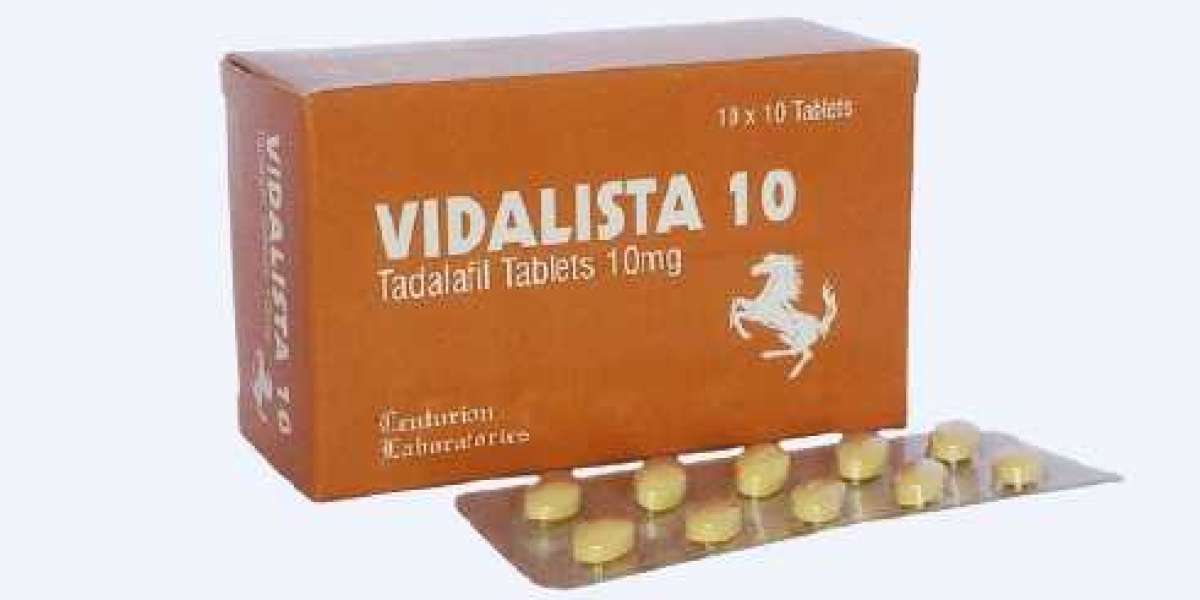Introduction:
RoHS certification, short for Restriction of Hazardous Substances, is a crucial regulatory requirement aimed at promoting environmental sustainability and protecting human health by restricting the use of hazardous substances in electrical and electronic products. In this article, we'll delve into the significance of RoHS certification, its objectives, key requirements, implementation process, and benefits for businesses and consumers alike.
The Significance of RoHS Certification:
RoHS certification is of paramount importance in today's global marketplace, where the proliferation of electronic devices underscores the need for responsible manufacturing practices. The primary objectives of RoHS certification are to reduce the environmental impact of electrical and electronic products and minimize the health risks associated with hazardous substances. By restricting the use of substances such as lead, mercury, cadmium, hexavalent chromium, polybrominated biphenyls (PBB), and polybrominated diphenyl ethers (PBDE), RoHS certification ensures that products are manufactured in a manner that is environmentally friendly and safe for consumers.
Key Requirements of RoHS Certification:
RoHS certification imposes strict restrictions on the use of hazardous substances in electrical and electronic equipment (EEE) sold in the European Union (EU) and other jurisdictions that have adopted similar regulations. The key requirements of RoHS certification include:
- Prohibition of Hazardous Substances: Manufacturers are prohibited from using certain hazardous substances, including lead, mercury, cadmium, hexavalent chromium, PBB, and PBDE, in the production of EEE above specified concentration limits.
- Compliance Documentation: Manufacturers must maintain documentation demonstrating compliance with rohs certification requirements, including substance declarations, test reports, and conformity assessments.
- Supplier Declaration of Conformity: Manufacturers must obtain a Declaration of Conformity (DoC) from their suppliers, certifying that components and materials used in the production of EEE comply with RoHS requirements.
- Marking and Labeling: Products that comply with RoHS requirements must be marked with the CE (Conformité Européenne) marking, indicating conformity with relevant EU directives, including RoHS.
Implementation Process of RoHS Certification:
- Product Assessment: Manufacturers assess their products to determine whether they contain any restricted substances above the specified concentration limits and identify potential alternatives.
- Supplier Communication: Manufacturers communicate RoHS requirements to their suppliers and obtain assurances of compliance through supplier declarations and material declarations.
- Testing and Certification: Manufacturers conduct testing of their products to verify compliance with RoHS requirements and obtain RoHS certification from accredited certification bodies.
- Compliance Documentation: Manufacturers prepare and maintain documentation demonstrating compliance with RoHS requirements, including test reports, supplier declarations, and conformity assessments.
- Marking and Labeling: Manufacturers affix the CE marking to products that comply with RoHS requirements and ensure proper labeling to indicate conformity with relevant directives.
Benefits of RoHS Certification:
- Environmental Protection: RoHS certification promotes environmental sustainability by reducing the use of hazardous substances and minimizing their impact on ecosystems and natural resources.
- Consumer Safety: RoHS certification ensures that electrical and electronic products are free from hazardous substances that could pose health risks to consumers, particularly children and vulnerable populations.
- Market Access: RoHS certification facilitates market access for manufacturers by enabling them to sell their products in jurisdictions that require compliance with RoHS regulations, such as the EU and other countries that have adopted similar requirements.
- Reputation and Trust: RoHS certification enhances the reputation and trustworthiness of manufacturers by demonstrating their commitment to environmental responsibility and product safety.
- Legal Compliance: RoHS certification helps manufacturers comply with regulatory requirements and avoid penalties, fines, and other legal consequences associated with non-compliance.
Conclusion:
RoHS certification is a vital regulatory requirement that promotes environmental sustainability, protects consumer health, and ensures the safe and responsible manufacturing of electrical and electronic products. By restricting the use of hazardous substances and promoting the adoption of environmentally friendly manufacturing practices, RoHS certification benefits businesses, consumers, and the planet alike. With proper implementation and compliance, RoHS certification enables manufacturers to demonstrate their commitment to environmental responsibility and gain a competitive edge in the global marketplace.








